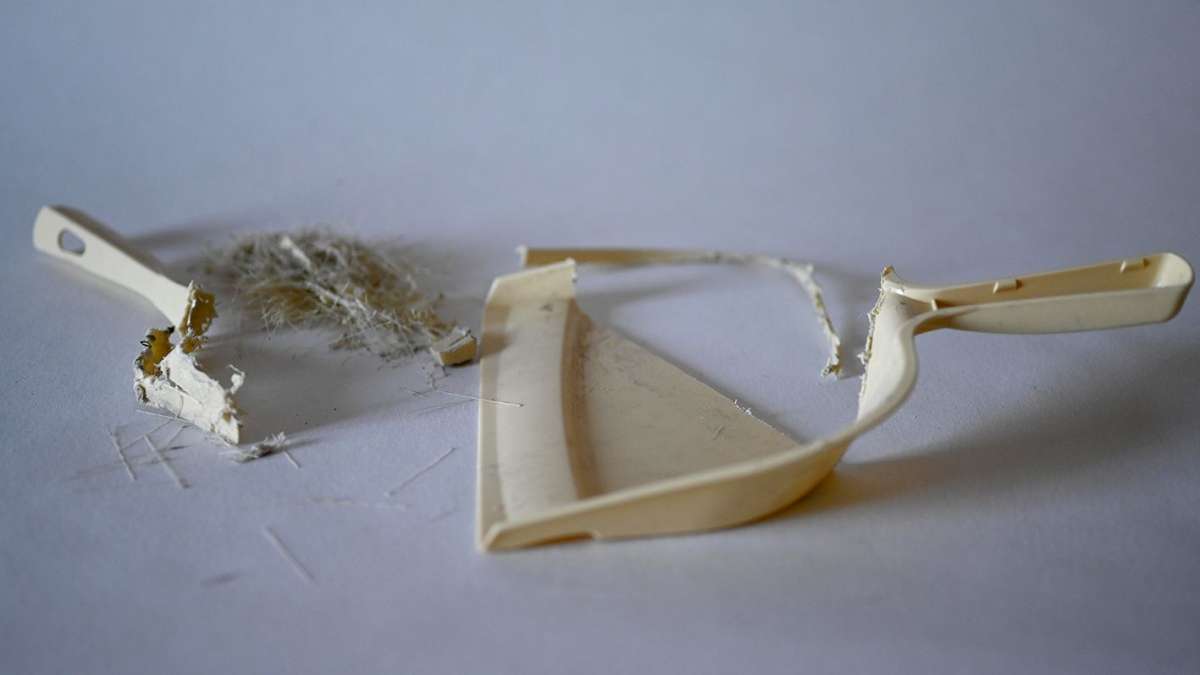
Maison soustraire, a posteriori
House Subtract, a Posteriori
Exhibition 6 april - 31 julyAdding something, or removing, subtracting something is a way of conceiving something new, designing.
At a time when a climate imperative is driving us to cast doubt on the world around us, moving towards "less" is an undervalued direction with huge, as yet unexplored potential.
This exhibition, which is a direct fruit of the research project of the same name conducted by Mathilde Pellé, stands up in the face of the need to reorganise and adapt our daily lives and the materialities of it. It is preparing, through practice, theory and experimentation, a subtractive power to act which applies to material, objects and needs. To question the objects that a contemporary society proposes and the lifestyles that are constructed around them, the exhibition shares the cross-disciplinary methods, results and developments of the project.
Maison soustraire (House Subtract) - 8 weeks to remove ⅔ of the material of the 112 objects in a home. A work of formation, deformation and composition all at once, this radical experiment led to the application of subtractions from a set of domestic objects and the "undoing" of an accepted model. It also invites us to observe the absences, the ruins and remains produced, as prototypes for different potential daily lives.
The project presented was conducted between October 2020 and January 2021 with the support of the Deep Design Lab at the Cité du design-Esadse research lab and and the École Urbaine de Lyon.
Mathilde Pellé is an independent designer, initiator of the Maison Soustraire project. Alongside her activities producing forms (objects, places, etc.), she has been working on Soustraire, a research project that looks at "subtractive" actions applied to materials, objects and uses, since 2016.
This work has allowed her to ask and re-ask herself this one question: "Why is there more rather than less of something"? Since the end of 2019 she has been working with the Deep Design Lab a studio on the Cité du design research platform in Saint-Étienne.
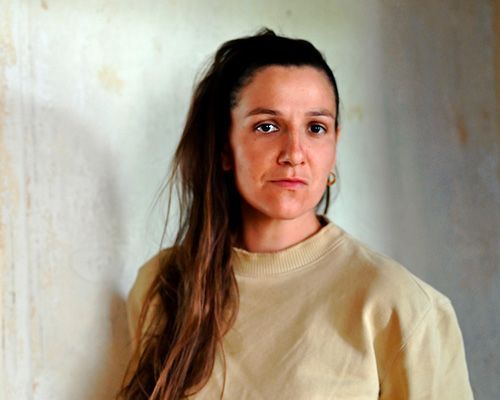
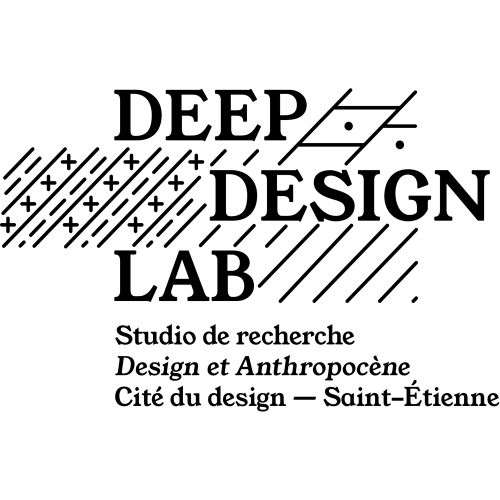
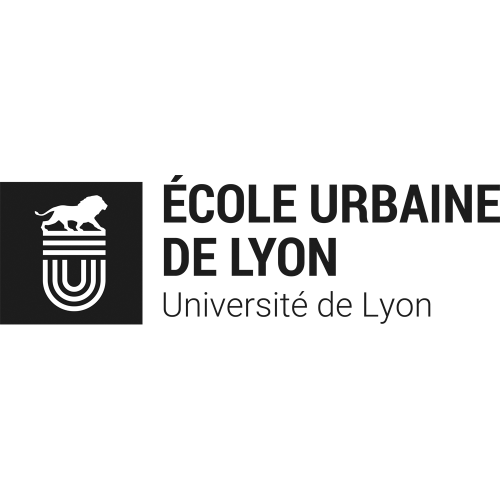
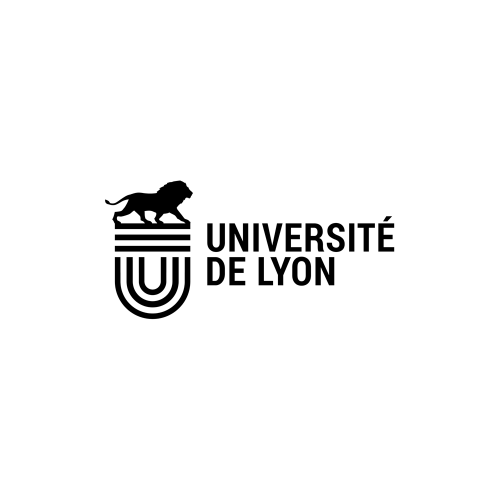
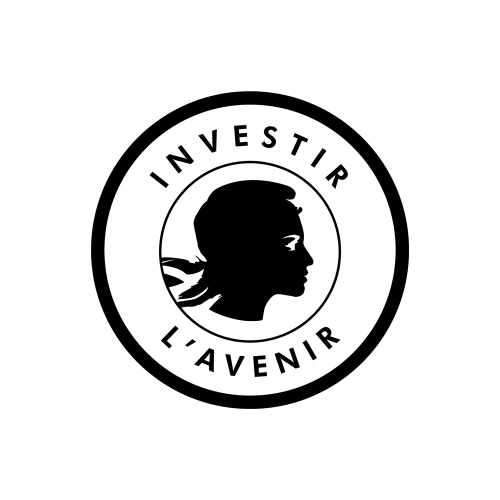
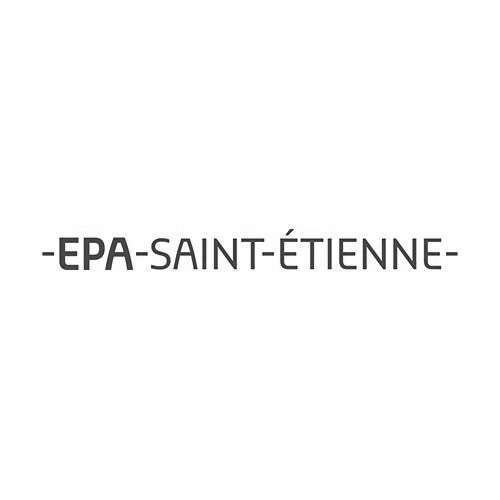
This work has benefited from a State grant managed by the ANR (National Research Agency) as part of the Investments for the Future programme, reference ANR 17- CONV-0004.











